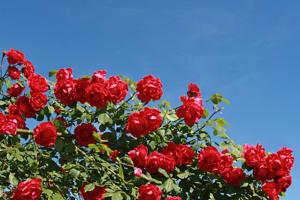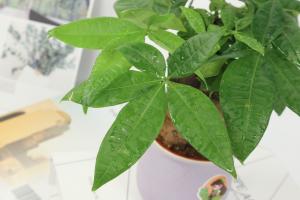How to Water Baby Weed Plants
Watering is one of the essential aspects of growing healthy and strong weed plants, especially when they are in their infancy stage. Proper watering practices can ensure that your baby weed plants are receiving the right amount of moisture to thrive. However, overwatering or underwatering can lead to various issues such as yellow leaves, root rot, and stunted growth. Therefore, it is crucial to learn the proper techniques and schedule for watering your baby weed plants.
Determine the Right Watering Schedule
The frequency of watering your baby weed plants depends on several factors such as the climate, humidity, air circulation, and the size of the pot. As a general rule of thumb, you should water your baby weed plants when the soil is slightly dry to the touch. Overwatering can lead to saturation of the soil and cause root rot, while underwatering can lead to drying out of the soil and nutrient deficiency.
The Technique of Watering
Watering your baby weed plants from the top can cause the soil surface to become compacted and make it difficult for the water to reach the roots. Instead, it is recommended to water from the bottom up by using a small tray or saucer. Place the pot in the tray and add water to the bottom of it. Allow the pot to sit in the water for 10-15 minutes, and then remove it from the tray. This technique allows the water to seep up through the soil, providing moisture to the roots without causing waterlogging.
Use Quality Water
The quality of water is also an important consideration when it comes to watering your baby weed plants. If your tap water is high in minerals or has been treated with chlorine, it can have an adverse effect on the growth of your baby weed plants. Therefore, it is recommended to use filtered or distilled water to eliminate any contaminants that could hinder their growth. Additionally, ensure that the water temperature is not too cold or too hot, as extreme temperatures can cause shock to the roots.
Check for Drainage
Proper drainage is critical to the health of your baby weed plants. Ensure that the pot you use for your plants has enough holes at the bottom to allow excess water to drain out. Without proper drainage, excess water can accumulate and cause root rot, which can lead to the demise of your plant. To ensure proper drainage, also consider using a well-draining soil mix that provides aeration and allows excess water to pass through.
Conclusion
Watering your baby weed plants correctly is crucial to their healthy growth and development. Ensure that you determine the right watering schedule, use the proper technique, use quality water, and check for proper drainage to create an optimal environment for your plants to thrive. With proper care and attention, you are more likely to enjoy a bountiful crop of high-quality weeds that can be used for medicinal or recreation purposes.

 how many times do yo...
how many times do yo... how many planted tre...
how many planted tre... how many pine trees ...
how many pine trees ... how many pecan trees...
how many pecan trees... how many plants comp...
how many plants comp... how many plants can ...
how many plants can ... how many plants and ...
how many plants and ... how many pepper plan...
how many pepper plan...






























